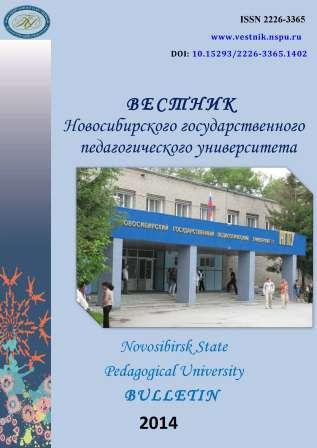МНОГОЗНАЧНОСТЬ «СИЛЬНЫХ ПОЗИЦИЙ» ТЕКСТА (НА МАТЕРИАЛЕ РАССКАЗОВ Т. ТОЛСТОЙ)
POLYSEMY OF “STRONG POSITIONS” OF THE TEXT (BASED ON THE STORIES BY T. TOLSTAYA)
Author(s): Irina Vitalievna StoliarovaSubject(s): Language and Literature Studies
Published by: Новосибирский государственный педагогический университет
Keywords: text; interpretation; strong position; polysemy; double code; metaphor.
Summary/Abstract: Polysemy of “strong position” of the text – the title, beginning, end – analyses in Tatiyana Tolstaya's stories “Light worlds” and “Peters”. Semantic dominants reveal not only the nomina-tive, informative, predictive, but intriguing and metaphorical functions. “Double code” is con-sidered as a method of communication strategies. The possibility of different interpretations of the text have been offered. At the entrance to the text the reader perceives the title as the name of the text, that is, in its nominative function, as well as his informative and prospective (predic-tive) features. The title is enriched with additional sense and close connotations .The reader de-velops a ”double coding”. Gradually it becomes clear symbolic, metaphorical title. At the exit the reader has all the complex semantic and aesthetic information from the text, the meaning of the title realized mostly. The possibility of different perceptions and different interpretations of the text by readers, despite the presence of a “strong position”, let’s talk about the polysemous of literary text as one of its properties. According to popular belief linguists, any literary text, with all its possible polysemous has its invariant core, which does not allow diametrically oppo-site interpretations of the text. However, it is difficult to agree with the latter provision. Every act of reading represents a complex transaction between the competence of the reader and the type of competence that this text postulates. What is manifested by method “double coding”.
Journal: Вестник Новосибирского государственного педагогического университета
- Issue Year: 2014
- Issue No: 3
- Page Range: 162-170
- Page Count: 9
- Language: Russian

